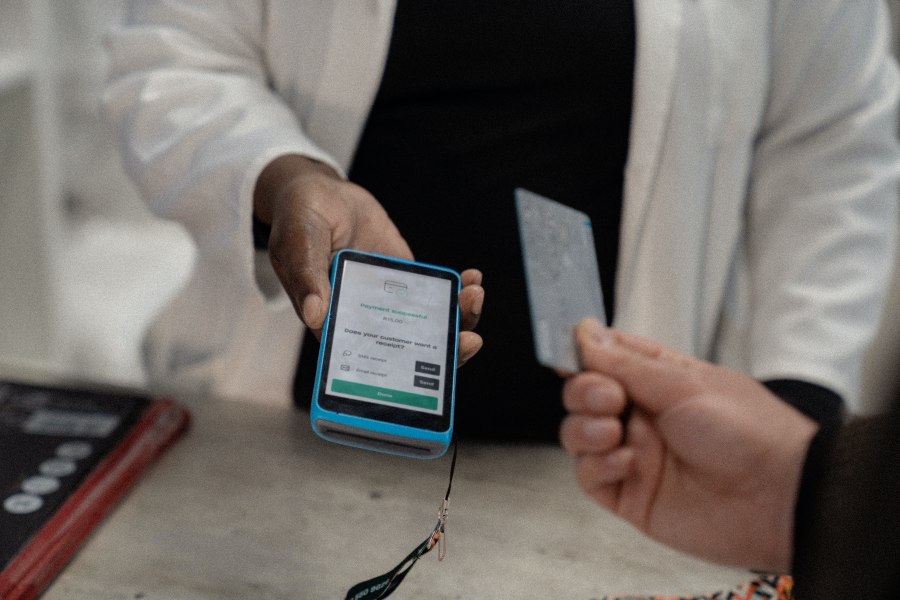
From physical cash to checks, and now to digital wallets, the way we handle money has experienced a transformative journey over the decades. Card payments have been central to this evolution, especially in the recent past. As the essence of the modern-day transaction system, understanding the rise, impact, and future trajectory of card payments is pivotal for anyone operating in today’s financial ecosystem.
A Brief Historical Perspective
The concept of credit, the predecessor to modern card payments, is not new. Ancient civilizations, including the Mesopotamians and the Romans, used various forms of credit systems. However, the leap towards what we recognize today as card payments began in the 20th century. Diners Club introduced the first charge card in the 1950s, and this paved the way for the credit cards we are familiar with today. Over time, debit cards, which directly withdraw money from the user’s bank account, also gained popularity.
Modern-Day Relevance
Today, card payments are ubiquitous, being the preferred transaction method for countless individuals and businesses worldwide. Here’s why:
Convenience: Instead of carrying cash or writing checks, cards – both credit and debit – offer a seamless transaction experience. Whether you’re at a physical store or shopping online, cards simplify the buying process.
Safety: Carrying substantial amounts of cash can be risky. Cards mitigate this risk. Even if lost or stolen, they can be easily blocked, ensuring that the user’s money remains safe.
Global Transactions: With the globalization of business, purchasing goods and services from international markets has become commonplace. Card payments facilitate these cross-border transactions with ease.
Credit Building: Credit cards, if used responsibly, allow individuals to build a credit history, which can be instrumental in securing loans or mortgages in the future.
The Challenges with Card Payments
No system, however advanced, is without its challenges. Card payments, for their manifold benefits, come with their own set of issues:
Fraud: Card skimming, data breaches, and unauthorized transactions are real threats. Ensuring secure transactions is a continuous challenge for card providers and payment platforms.
Hidden Charges: Some card providers levy fees that users might not be aware of initially. This can lead to discontent and distrust among users.
Over-reliance on Credit: While credit cards offer convenience, they can also lead to mounting debts if not used prudently.
The Future Of Card Payments
Now we have accepted that change is coming, the trajectory for card payments is exciting:
Contactless Payments: The use of NFC (Near Field Communication) technology means payments can be made by merely tapping the card, without the need for swiping or entering a pin.
Integration with IoT: With the Internet of Things, card details can be integrated into wearable tech, allowing for payments through smartwatches or even smart jewelry.
Enhanced Security: Biometric verifications, including fingerprint and facial recognition, will become more common, ensuring an additional layer of security for card transactions.
Virtual Cards: Especially relevant for online transactions, virtual cards, which are essentially temporary card numbers, can be generated for specific transactions, minimizing the risk of fraud.
Conclusion
Card payments, while having transformed the financial landscape, are still evolving. The fusion of technology with traditional transaction methods promises a future where transactions are not only effortless but also secure and swift. As businesses and consumers navigate this ever-changing landscape, staying informed and adaptable is the key. The coming years are set to redefine the very way we perceive and undertake transactions, making the journey as exciting as its promising destination.




















